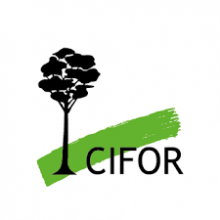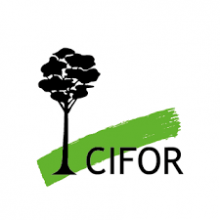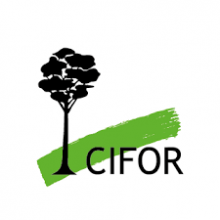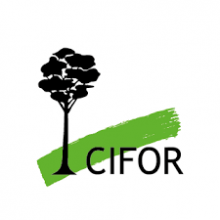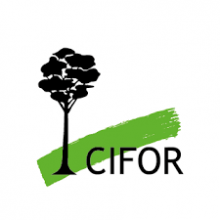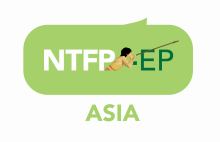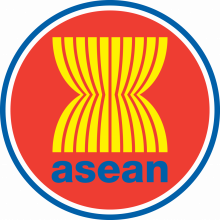Social forestry policy is planned and implemented at the national level. The policy environment can enable or hinder social forestry.
Social forestry enabling policies need to be present to allow legal and legitimate management of local forests. They also need to encompass broad cross-cutting topics, such as gender, cross-sector coordination, climate adaptation and mitigation, economic development, poverty, and land tenure and rights.
National policy processes are influenced by regional and international policy processes and agreements. These agreements provide useful frameworks for national governments to implement social forestry. For example, these frameworks connect national social forestry policy to incentive mechanisms like payment for environmental services or REDD+ that compensate communities for conservation and sustainable management of forests.
Checklist questions
The following questions address overlapping jurisdictional issues, conflicting regulations and gaps in existing legal frameworks. Understanding these issues allows decision makers to realign policies that enable social forestry in an effective way.
- Is social forestry part of a legal framework under formal government policies or programs? How is it regulated?
- Are regulations related to social forestry application simple enough to allow communities to follow the process? Are they geared toward community empowerment in terms of governance and decision making?
- Do other policies exist that enable social forestry? This includes policies that support tenure rights and uses of forests, inclusive participation, conducive market mechanisms for forest products and cross-sectoral coordination.
- Do any policies exist that present institutional, fiscal or regulatory barriers to social forestry? These include complex and bureaucratic processes of social forestry allocation, excessive transaction costs for local communities to participate in market economies, and centralized forest governance.
Social forestry and regional and international policy processes and agreements
Regional and international policy processes and agreements influence social forestry in multiple ways. The ASEAN Economic Community, for example, can create a conducive environment for social forestry to thrive by increasing demand for quality forest products and services, and by creating a knowledge and technology exchange to improve regional production.
However, a shared market only works if local communities have the skills, capacities and resources to respond to increasing demand. Expanding markets also pose threats when safeguard mechanisms are not in place to protect local communities from expansion of large, trans-national agricultural development.
In addition, social forestry can contribute to international processes such as in achieving the Sustainable Development Goals.
Numerous lessons can be drawn from climate change mitigation and adaptation measures such as payment for environmental services and REDD+ to develop enabling policies for social forestry. In particular, lessons are available on how distributional aspects of payment for environmental services can be used as incentive mechanisms.
Policy analysis and assessments can highlight factors or issues that can enable or hinder social forestry
Within ASEAN, social forestry enabling policies exist at varying degrees. An overview of the current status of social forestry and related supporting policy frameworks sheds light on country specific gaps, issues and challenges in social forestry development.
At the national level, policy analyses highlight aspects that can hinder social forestry, such as conflicting development and sustainability visions, multiple interpretations in policy approaches, unclear social forestry objectives, and challenges in assessing social forestry performance.
Some of the issues that impede social forestry implementation are historical and problematic tenure arrangements, conflicting interests among local actors and a lack of institutional engagement.
Existing knowledge and tools on enabling social forestry
Governments and civil society produced helpful tools to provide direction for enabling policies. Examples include the ASEAN framework on agroforestry development and the forestry component of the ASEAN multi-sectoral framework for climate change. One guide provides advice on enabling legal frameworks for community forestry. It describes 10 building blocks to consider in developing laws on community forestry and offers guidance on how to design enabling legal frameworks on community forestry.







